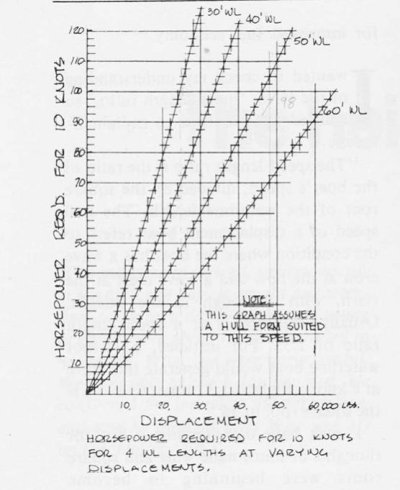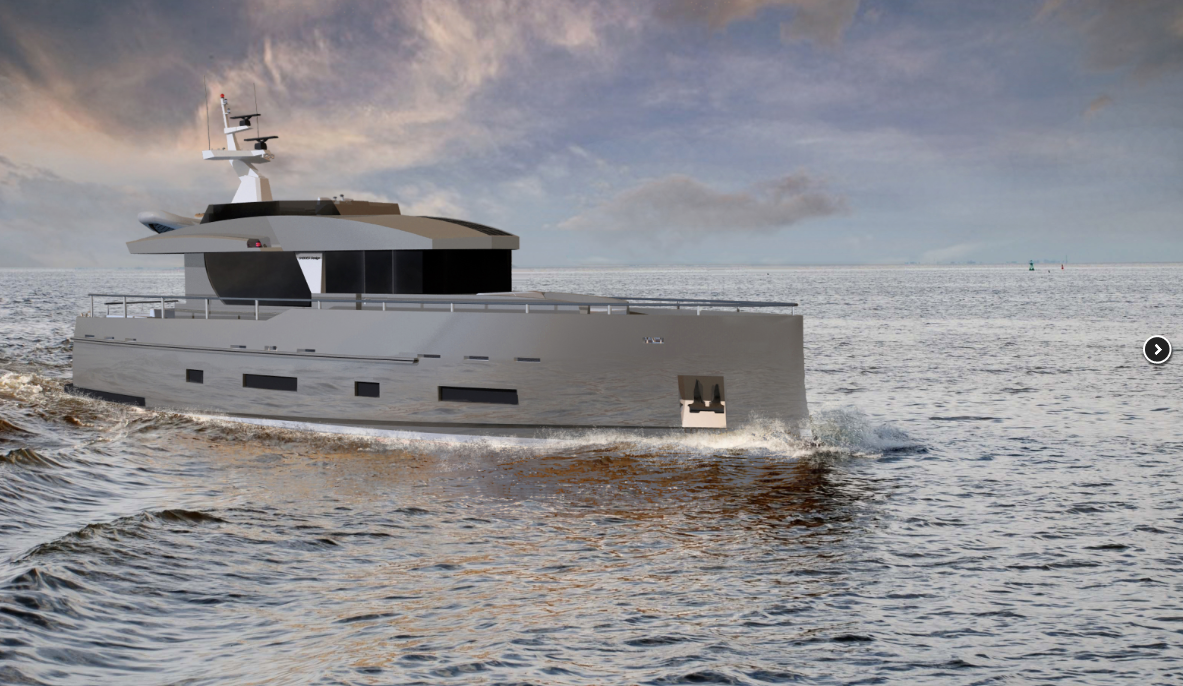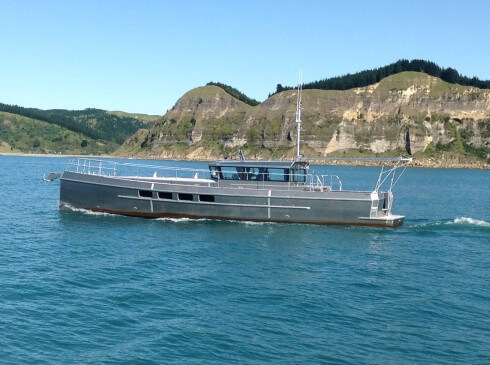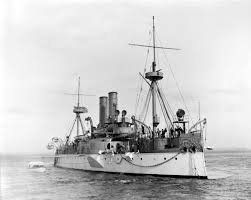I'm not familiar with Auxiliary Sailboats, but Sailboats as a class are a very common option - and well proven for distance cruising/blue water passage making. And I've read that something like 4,000 to 5,000 people a year do this.
But from my perspective (and I'm sure many also on this forum) the sailboat is not ideal. While I love sailboats and have owned a number of them for local cruising, my issues with sailboat for longer cruising are:
1. You feel like you're in a tunnel if you're inside the cabin - I like lots of glass so I can view the amazing outdoors, when I'm cooking, and relaxing inside the boat.
2. You're usually exposed to the weather - being forced to hang out at the back of the boat in the elements all the time (or most of the time) is sub-optimal for me.
3. The sailboat is difficult to manage as you get older - my parents, and many others eventually sell the boat (much like Steve Dashew has done) when they get older because they can't handle them.
4. A sailboat, by its very nature, is actually a "Hybrid" solution - with all the complexity of both sails and an engine. More complexity means more potential problems when long distance cruising.
5. A big part of the time you're probably under power, even on a sailboat. But you're dragging around a huge ballast and large sails that make it a less efficient powerboat than something like the Dashew FPB or Artnautical 58.
6. I'd like to take my parents on the boat - but with something that is frequently sailing at a large angle - it makes it very hard and dangerous for older people that have trouble walking and standing up.
7. Even the sailboats with the hard dodger that get you out of the elements when you are sailing - wall you off from the rest of the activity in the boat - so you're alone battling the elements. I would much prefer to be in a larger cabin with my family when cruising in bad weather.
8. Sailboats can't take a direct route to where you want to go - you have to follow the winds - which in my mind is suboptimal.
Perhaps we could examine your list more carefully.
"1. You feel like you're in a tunnel if you're inside the cabin - I like lots of glass so I can view the amazing outdoors, when I'm cooking, and relaxing inside the boat.
2. You're usually exposed to the weather - being forced to hang out at the back of the boat in the elements all the time (or most of the time) is sub-optimal for me.
7. Even the sailboats with the hard dodger that get you out of the elements when you are sailing - wall you off from the rest of the activity in the boat - so you're alone battling the elements. I would much prefer to be in a larger cabin with my family when cruising in bad weather."
There are large pilothouse sailboats and motorsailors that allow you to spend time in areas that are well lit, allow you to pilot, and enjoy the outdoors in much the same way as you would on a power boat.
"4. A sailboat, by its very nature, is actually a "Hybrid" solution - with all the complexity of both sails and an engine. More complexity means more potential problems when long distance cruising."
You could also count this as an advantage. Not counting fuel expenses, the advantage of having a better motion at sea and a get-home system counts for a lot.
"5. A big part of the time you're probably under power, even on a sailboat. But you're dragging around a huge ballast and large sails that make it a less efficient powerboat than something like the Dashew FPB or Artnautical 58."
Yes, but if you used the sails on beam reaches and off the wind, you would easily make up for this discrepancy in fuel consumption.
"6. I'd like to take my parents on the boat - but with something that is frequently sailing at a large angle - it makes it very hard and dangerous for older people that have trouble walking and standing up."
It's called a heeling angle. But you wouldn't have to sail with your parents aboard, you still have an engine.
"8. Sailboats can't take a direct route to where you want to go - you have to follow the winds - which in my mind is suboptimal."
Check out Richard's thread aboard Dauntless, and you will see he couldn't go directly where he wanted to. He was forced to go in directions that were much like tacking a sailboat because the motion of the boat was too much to handle for him (and maybe for the boat as well.) Have you ever experienced the snap roll of a powerboat in beam seas? What about rolling in following seas? Or continuous pitching into head-on seas? Do you really think you would be comfortable with that hour after hour, days after day sipping champagne in your main saloon with your elderly parents? There is a reason most sailboats have their cockpits in the stern and not on the bow or amidships. Ocean crossings are often uncomfortable and I dare say MUCH less comfortable on a powerboat than a sailboat.
There is a reason ocean crossings are generally done on sailboats and NOT powerboats and it has nothing to do with fuel costs.












